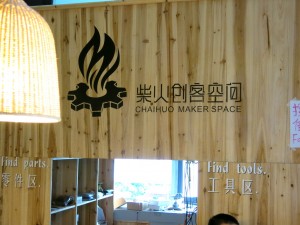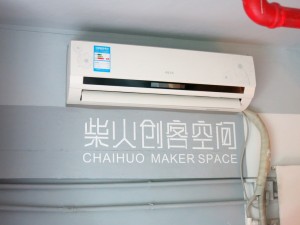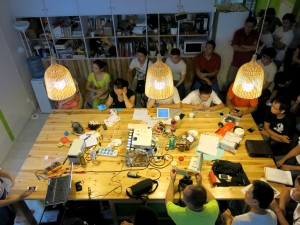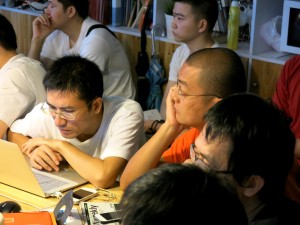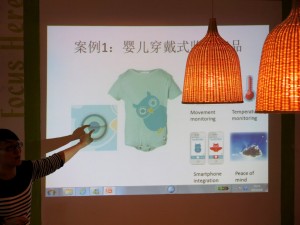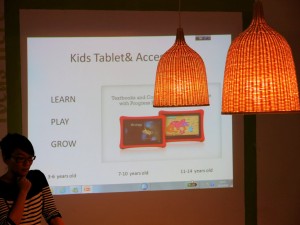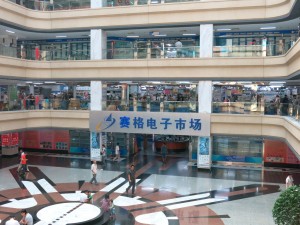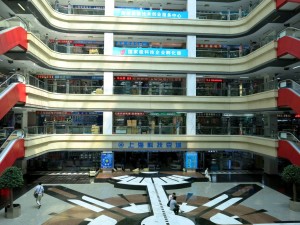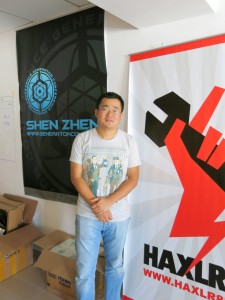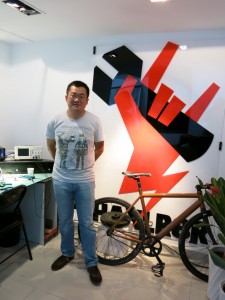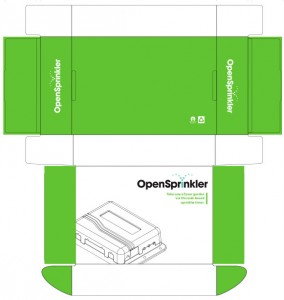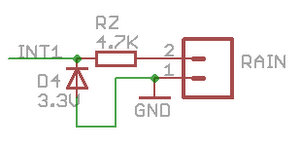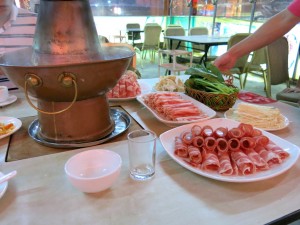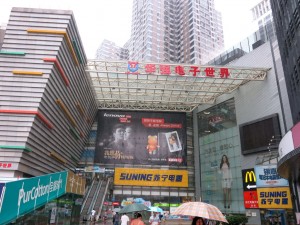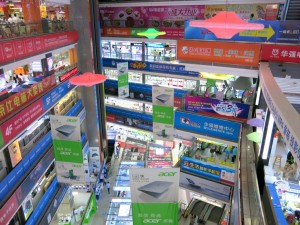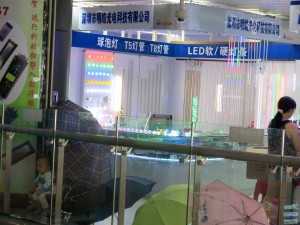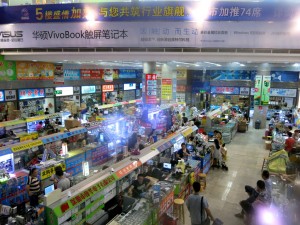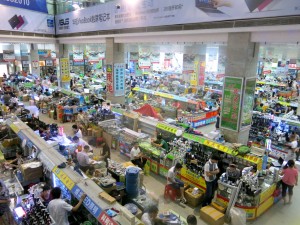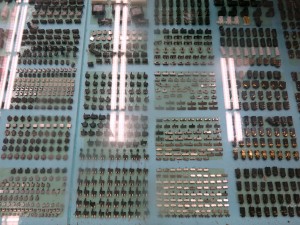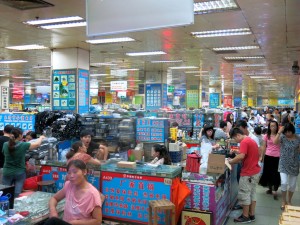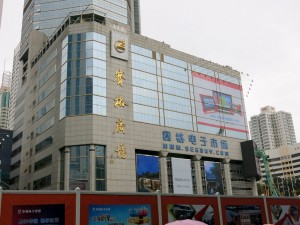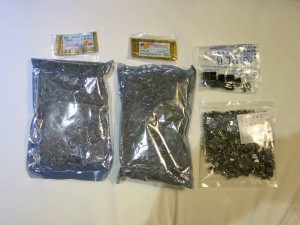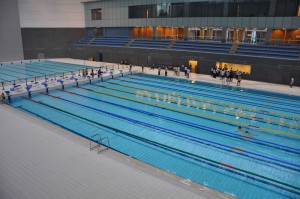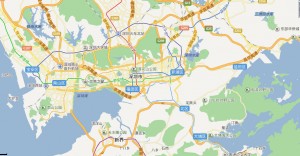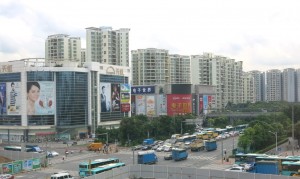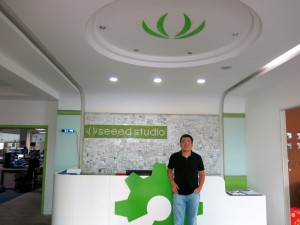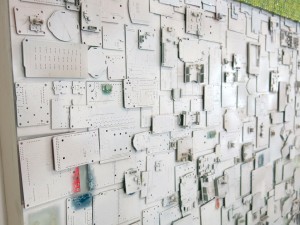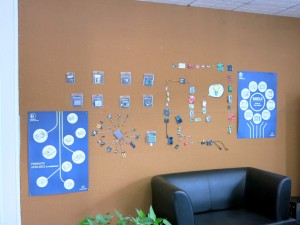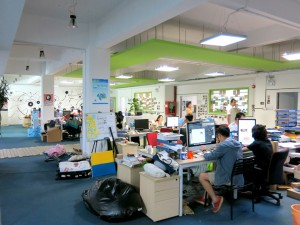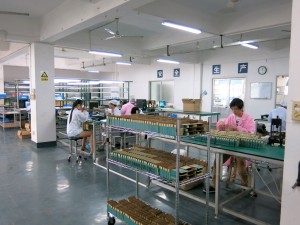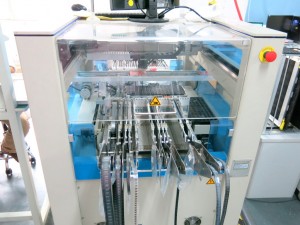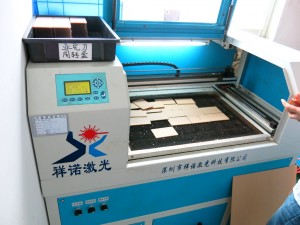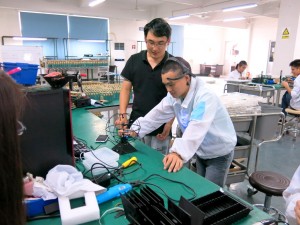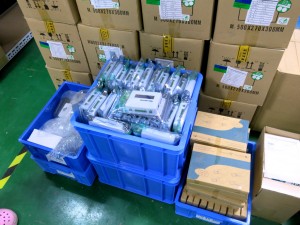On the last day (Sep 8) of my trip to Shenzhen, I came across a scheduled event at ChaiHuo Maker Space. ChaiHuo is sponsored by SeeedStudio, and the name means ‘wood fire’. As a Chinese saying says: everybody adds firewood, the flame shoots higher. Chaihuo Maker Space is a place to inspire people to come and add ‘innovative ideas and projects’ to the maker culture. SeeedStudio made a very nice Makers’ Map for Shenzhen visitors, where you can easily locate all the maker-related resources and facilities.
The topic of the event was about innovative ideas for electronic toys. There were 25 to 30 or so attendees, some traveled as far as from Beijing to come for this event. After a brief introduction, the presenter, who is a designer and has extensive expertise in the electronic toy industry started telling us about the lucrative market for electronic toys, the background, challenges, and four recent successful products. Ample time was given for brainstorming and discussing successful tips. This was overall a relaxed and fun event, and a great social opportunity. Many of the attendees were industrial designers and product developers. It’s a palce to make friends and connections.
Speaking of making friends, if you haven’t heard about this, you really have to check out this software app called WeChat (in Chinese it’s called WeiXin 微信). I only got to know this shortly before I took off for the trip. Basically WeChat is a free mobile text, voice, and multimedia messaging service. You might think it’s not that different from other mobile texting services, but the power of it is in the user interface and experience, and the fact that it’s very easy to share words and images with your friends. It kind of combines multimedia texting and social network, but it’s very lightweight and much easier to use than Facebook. At the ChaiHuo event, I noticed that everyone was adding friends on their phone using WeChat. It’s amazing to learn that WeChat has already achieved more than 300 million Chinese users and 100 million International (i.e. out of China) users. Next time, don’t bother distributing business cards any more — just use your WeChat app to scan others’ WeChat QR code 🙂
So this concludes my Shenzhen trip. Following ShenZhen, I stayed at Shanghai for one day and visited the electronics market there. It’s prosperous but nowhere near the size and variety of Hua Qiang Bei at Shenzhen. All right, time to pack and go back to the US. Felt like I’ve refreshed myself and gained new energy and inspiration to keep working and innovating :).
